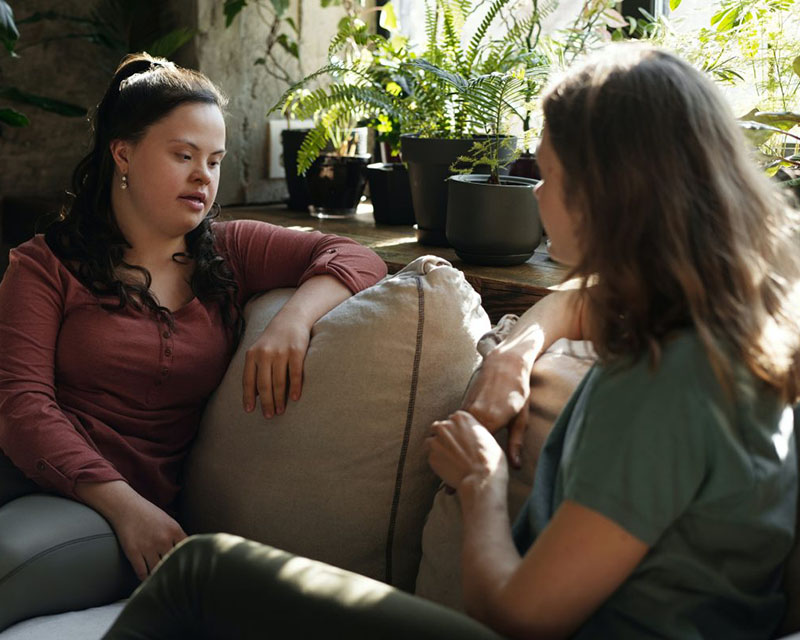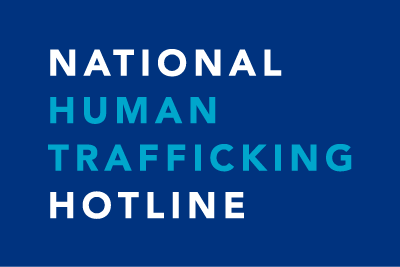There are a number of ways you and your audience can help to reduce and prevent trafficking, help people at risk and support survivors as they rebuild their lives.
Learn the story, not the signs
Most of the time, adults in sex trafficking situations look and act like anyone else. They may be happy or sad, dressed in any way, and behaving like anyone else. So the popular idea that you can spot “signs” of trafficking out of context if you do not know the people involved is somewhat misleading. But if you understand how sex trafficking really works, you may be able to offer support or help to someone you know or someone who’s situation you understand who appears to be at risk. The key to being able to help is having some degree of context and proximity to the situation.
Share information about the U.S. National Human Trafficking Hotline
The U.S. National Human Trafficking Hotline connects victims and survivors with services and supports to meet their individual needs and receives reports from third parties about potential situations of trafficking. The Trafficking Hotline is staffed 24-hours a day, 7 days a week, and confidential help is available in more than 200 languages. The Trafficking Hotline is a public resource and you do not need permission to share contact information.
Content creators can help by:
- Letting audiences know how to contact the Trafficking Hotline if someone they know appears to be in a trafficking situation.
- Sharing information about the Trafficking Hotline widely, including through “end cards” or other materials.
Connect to local and national organizations
People interested in learning about anti trafficking organizations in their communities can visit the referral directory of the National Human Trafficking Hotline.
Additionally, please share the important message that working to reduce and prevent trafficking does not necessarily mean working only with trafficking survivors or only on programs specific to trafficking. Domestic violence shelters, food pantries, organizations for the homeless, child-serving agencies, all need help and the work they do is very much the work of reducing and preventing human trafficking by mitigating the conditions that make people vulnerable to trafficking in the first place.
“It’s long past time to replace “rescue” with resiliency. I mean do we really think that these programs people run for survivors have such a perfect regimen and system that they are the reason a person who has experienced such trauma is successful? No. Not at all. A person’s success in healing belongs to them and is thanks to them. Period.”
– A survivor of human trafficking



